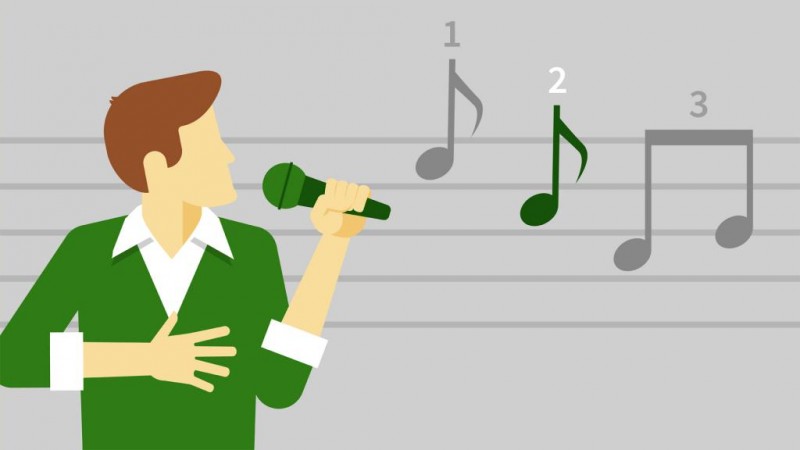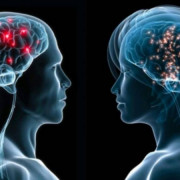Секрет производства невероятных идей
Содержание:
- Как применять дизайн-мышление в дизайне
- Our Clients
- Краткая справка
- Принципы
- Альтернативный подход к дизайн-мышлению, который уравновешивает традиционный процесс проектирования с помощью сотрудничества
- What Is Design Thinking?
- Idea Generation
- The Problem Space and the Solution Space
- Meet our team members
- Follow us
- Зачем и как
- The Anatomy of a Good Question
- Designing User Workflows through Story Maps
- Implementing design thinking
- Крах совместного проектирования в дизайн-мышлении
- References & Where to Learn More
Как применять дизайн-мышление в дизайне
Представим, что продуктовый дизайнер разрабатывает прототип новой микроволновки.
Он может действовать стандартными способами: опросить людей, у которых есть микроволновки, собрать обратную связь, узнать плюсы и недостатки отдельных моделей — и на основе полученной информации предложить решение.
Или пойти нестандартным путём: пообщаться с людьми и узнать об их привычках и шаблонах поведения в определённых ситуациях. Так дизайнер поймёт, что все микроволновки греют по-разному: одна за три минуты едва нагревает еду, а вторая — перегревает.
Значит, людям нужна не более мощная микроволновка, а понятный интерфейс, который скажет, как сильно нагреется еда.
Важно! Момент озарения, когда вы понимаете истинную проблему клиента и пользователя, называется инсайт. Это ключ к прорывным продуктам
Дизайн-мышление помогает найти инновационные решения, которые не лежат на поверхности, экономить время и деньги. Приведу пример из своего опыта.
Почти все клиенты обращались в студию, потому что её рекомендовали как место, где могут быстро разработать и изготовить дизайн вывески или рекламного баннера. То есть для компаний была важна скорость работы студии, а не наличие корпоративного сайта с возможностью рассчитать стоимость работ, гигантским портфолио и способами оплаты. Для таких целей лучше подходят соцсети, мессенджеры или простой лендинг.
Our Clients
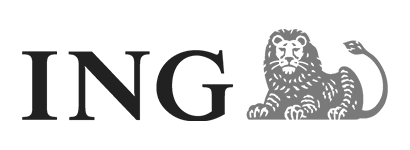
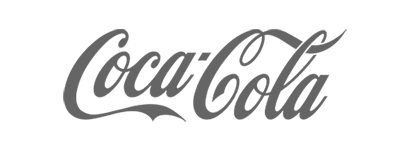

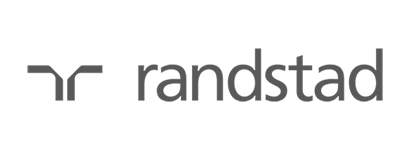

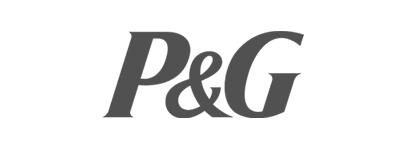

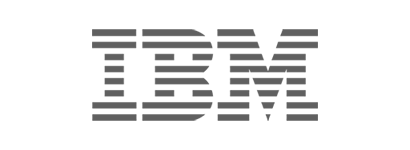
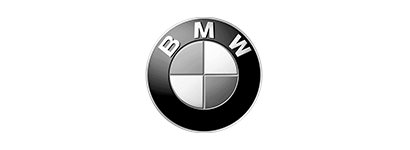


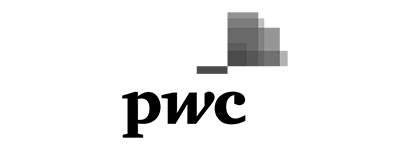
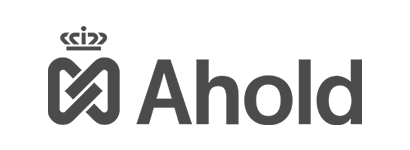

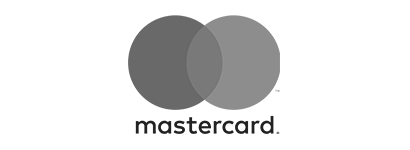

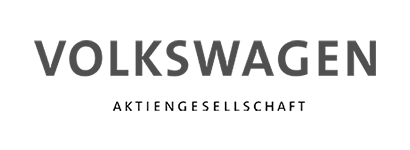
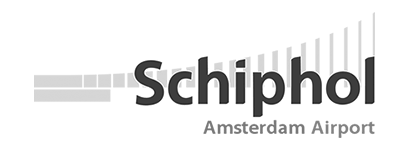
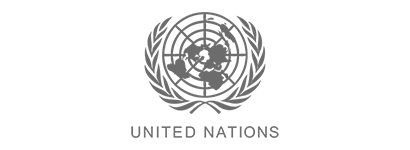
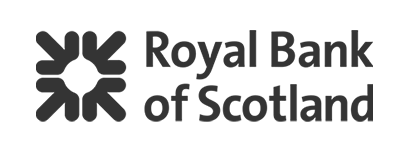
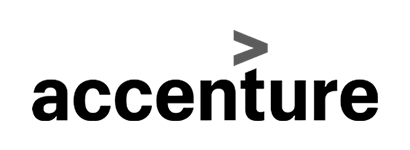
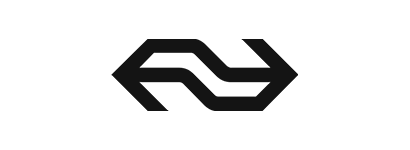

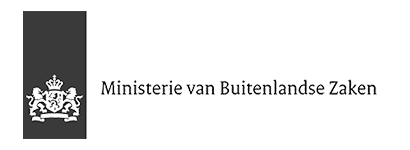
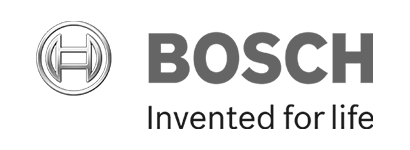
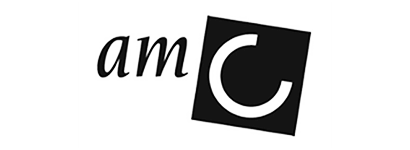
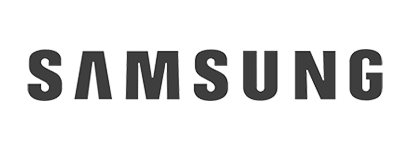
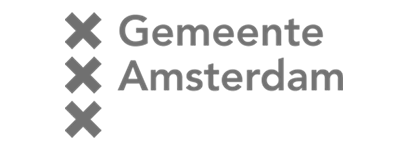


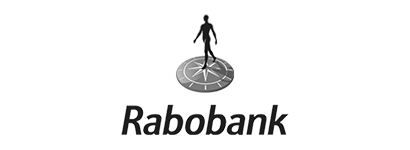
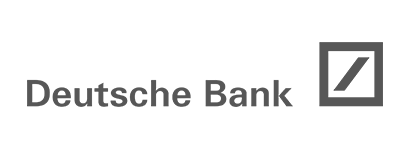
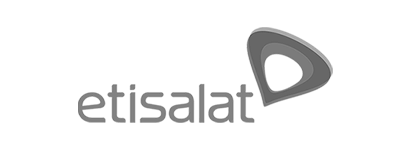
Singapore, 3:00pm-6:05pm
Sign Up
NZ, 8:30am-10:30am
Sign Up
Sep
02
Bucharest, 9:00am-6:00pm
Sign Up
Sep
02
Online, 1:30pm-4:00pm
Sign Up
Sep
07
Dubai, 9:30pm-3:00pm
Sign Up
Sep
07
Online, 2:00pm-4:00pm
Sign Up
Sep
07
Ukraine, 12:00pm-2:30pm
Sign Up
Sep
10
Wellington, 9:00am-5:30pm
Sign Up
Sep
11
Amsterdam, 9:00am-6:00pm
Sign Up
Online, 9:30am-12:00pm
Sign Up
Oct
02
London, 2:00pm-4:30pm
Sign Up
Oct
03
Australia, 10:30am-12:30pm
Sign Up
Oct
05
Amsterdam, 9:00am-6:00pm
Sign Up
Oct
05
NZ, 8:30am-10:30am
Sign Up
Oct
05
Australia, 10:30am-12:30pm
Sign Up
Oct
05
Online, 9:30am-11:30am
Sign Up
Oct
05
South Africa, 2:00pm-4:30pm
Sign Up
South Africa, 9:00am-12:00pm
Sign Up
Amsterdam, 9:00am-6:00pm
Sign Up
Nov
04
Wellington, 9:00am-5:30pm
Sign Up
Nov
05
Online, 1:30pm-4:00pm
Sign Up
Nov
10
1-Daagse Training Customer Journey Mapping
Amsterdam, 9:00am-5:00pm
Sign Up
Nov
10
South Africa, 9:30am-11:30am
Sign Up
Nov
10
Online, 9:30am-11:30am
Sign Up
Nov
10
Online, 10:00am-12:00pm
Sign Up
Amsterdam, 9:00am-6:00pm
Sign Up
Dec
09
Amsterdam, 9:00am-6:00pm
Sign Up
Dec
14
Antwerp, 9:00am-6:00pm
Sign Up
January 2021
Amsterdam, 9:00am-6:00pm
Sign Up
Jan
18
South Africa, 9:30am-12:00pm
Sign Up
Jan
20
Amsterdam, 9:00am-6:00pm
Sign Up
Jan
25
Amsterdam, 9:00am-6:00pm
Sign Up
February 2021
South Africa, 9:30am-11:30am
Sign Up
Feb
22
Cape Town, 8:30am-5:00pm
Sign Up
March 2021
Краткая справка
Asana
Asana — веб-сервис и мобильное приложение для командной работы без использования традиционной электронной почты. Его создали Дастин Московитц и Джастин Розенштайн, ранее работавшие в Facebook. Первая версия проекта была представлена в 2008 году, штаб-квартира разработчиков находится в Сан-Франциско. Предлагает как бесплатное использование (в командах до 14 сотрудников), так и платный пакет услуг для больших команд.
Basecamp
Basecamp — инструмент проектного менеджмента на основе веб-интерфейса, впервые представленный в 2004 года командой 37signals (в феврале этого года сменившей название). Новая версия сервиса запустилась в 2012 году. На сегодняшний день проект отказался от бесплатного тарифного плана. Особенность данного инструмента управления проектами заключается в том, что здесь нет ограничения по числу пользователей даже в минимальном тарифном плане.
JIRA
JIRA — проприетарный продукт для трекинга задач у разработчиков, созданный компанией Atlassian. Выполняет функции баг-трекера и площадки для управления проектами. Название появилось как результат сокращенного японского произношения слова «Годзилла». Первая версия была представлена в 2002 году.
Redmine
Redmine — бесплатный open-source инструмент для управления проектами и баг-трекинга с поддержкой диаграмм Ганта, визуализацией дедлайнов и прогресса по нескольким проектам одновременно. Написан на Ruby on Rails, работает как кросс-платформенное решение. Продукт разрабатывается с 2006 года. Разработчики платформы не берут денег с пользователей, но все желающие могут пожертвовать произвольную сумму в фонд развития проекта или помочь идеями в разработке и дизайне. У проекта создан онлайн-центр языковой локализации продукта, поддерживаемый волонтерами.
«Битрикс24»
https://youtube.com/watch?v=uLM8JiBq_sc
«
Битрикс24» — социальный интранет, включающий в себя, наряду с CRM, систему управления задачами. Создан и поддерживается российской компанией «1С-Битрикс». Работает как облачный сервис, но возможна и поставка коробочной версии. По оценкам компании-разработчика, сервисом «Битрикс24» пользуются свыше 188 тыс. компаний в странах СНГ и за рубежом. Редизайн и запуск новых возможностей был представлен в прошлом году.
Trello
https://youtube.com/watch?v=isRKrzdi-g0
Trello — веб-приложение для управления задачами, разработанное Fog Creek Software. В основе его работы лежит японская философия менеджмента «канбан», популяризацией которой занималась корпорация Toyota в 80-е годы ХХ века. Все проекты здесь представлены в виде «досок» со списком задач. Интерфейс системы в результате похож на Pinterest, и «карточки» с проектами и задачами прикрепляются к каждому пользователю в команде. Работает по freemium-модели, пакет решений для бизнеса был представлен в 2013 году.
«Мегаплан»
«
Мегаплан» — облачная система управления бизнесом, включает в себя CRM, ERP и инструменты для постановки и делегирования задач. Предлагает несколько масштабируемых тарифных пакетов, работает как SaaS. Особенность платформы — наличие тарифного конструктора: четких тарифов здесь нет, а итоговая цена зависит от числа сотрудников, подключения инструментов финансового учета и документооборота и желаемой скидки при оплате на год вперед.
Принципы
Дизайн-мышление имеет такую мультифункциональность, которая позволяет применять его во многих сферах. Все это происходит благодаря следующим принципам.
- Заниматься разработкой для людей – это главная цель.
- Больше показывать вещей, которые можно потрогать и увидеть своими глазами. Знайте, что рассказы и описания качеств предмета не оказывают должного эффекта.
- Создать четкие очертания предмета, который вы показываете с целью продажи или с какой-либо другой целью.
- Подходить основательно к проекту. Для этого обозначьте этапы и установите конечную цель.
- Пробовать использовать все методы, а различные эксперименты приведут к успеху.
- Прислушиваться к различным мнениям, которые предлагают специалисты, и выбирать всегда самое лучшее из них.
- Двигаться вперед и действовать.
После усвоения данных принципов можно переходить к изучению основных этапов.

Альтернативный подход к дизайн-мышлению, который уравновешивает традиционный процесс проектирования с помощью сотрудничества
Нам нужно развивать свои идеи в сочетании со здоровым балансом сотрудничества и проведения итераций
Новое мышление жизненно важно. Нам нужно выйти за рамки ожиданий людей, и удивить их
Инновации приходят с глубоким решением проблем и навыками дизайна, требующими время, талант, тестирование и проведение итераций.
Я предлагаю сформировать команду экспертов, всецело посвященных и глубоко приверженных этой концепции, и разработке. Эта команда включает в себя экспертов в области коммуникации, дизайна взаимодействия, графического дизайна и творческого развития, и продакт-менеджера / владельца продукта, который может отфильтровывать любые отвлекающие факторы. Клиент и команда должны доверять опытным практикам и креативщикам. Необходимо повышать ставки и ожидания. Группа экспертов должна продолжать сотрудничать с другими участниками проекта, но только в промежутках между сессиями. Блестящее исполнение требует полного погружения в процесс разработки.
What Is Design Thinking?
Welcome to the course — we’re excited you’re here! We will begin by unpacking what we mean by design thinking and why it is more effective than traditional methods when the goal is innovation. By looking at the case history of The Good Kitchen, a Denmark program for providing meals for the elderly, we will explore how the mindset and practice of the innovation team that partnered with innovation consultant Hatch & Bloom enabled them to achieve innovation and growth. We’ll also examine what kinds of challenges are best-suited for design thinking and learn about the Visualization tool, which helps bring ideas to life. By the end of this module, you’ll have a better understanding of what we mean by design thinking, when to use it, and how to use the Visualization tool.
Hours to complete
1 hour to complete
Reading
6 videos (Total 59 min), 2 readings
See All
Idea Generation
Now we will dive deeper into the design thinking process, looking at how we can use it to generate better ideas. In this module, we will look at the story of an entrepreneur, Chris Cartter, and his start-up, MeYouHealth, as they worked with Boston design firm, Essential Design, to understand the kind of opportunity that social networking might hold for helping us to improve our health. Examining what already exists is the first step in the design thinking process. As part of assessing «what is?», designers “follow the customer home” and explore the problems they are trying to solve in life versus their product use. Once they have thoroughly explored and looked for patterns, designers look toward the future and ask «what if?» This is the creative part of the process, but it also requires a disciplined approach. By the end of this module, you’ll understand how to use design thinking to generate innovative ideas, how to apply the «what is?» and «what if?» questions, and how to use the Mind Mapping tool.
Hours to complete
1 hour to complete
Reading
4 videos (Total 37 min)
See All
The Problem Space and the Solution Space
In Figure 1, the core processes of design thinking appear visually as a ‘double diamond’. This represents the focus on thoroughly exploring the problem space before creating solutions. The activities associated with exploring the problem are elaborated as follows:
- Discover – The discover phase seeks to understand the problem by engaging in market and user research to identify unmet needs. This creates fresh perspectives that drive innovation. Unlike research that confirms or refutes a hypothesis, the inquiries associated with the discovery phase occur without preconceived notions about how users should work. Instead, it focuses on how users do work. An essential research technique is Gemba, also known as, “going to the place where the work is done.”
- Define – The define phase focuses on the information gathered during the discover phase, using convergent techniques to generate insights into the specific problems and/or unmet needs. These create opportunities for the enterprise and new product development. Results of this phase typically include personas and empathy maps (described further below) that focus the product team on the kinds of solutions the customer would view as desirable. Epics and Features capture the perceived changes needed for existing products and solutions.
With a clear understanding of the target market and the problems it’s facing, the enterprise can move towards designing a solution, the second diamond of design thinking. These are:
- Develop – The develop phase uses journey mapping, story mapping, and prototyping to design potential solutions to problems quickly and cost-effectively. Each of these techniques is discussed more thoroughly later in this article. The develop phase also embraces SAFe Principle #3 – Assume variability; preserve options, using design techniques to preserve options in a responsible manner.
- Deliver – The deliver phase produces artifacts that are suitable for creating the solution and vary based on context. They often start as prototypes that are expressed as a validated set of Features in the Program Backlog for ongoing delivery through the Continuous Delivery Pipeline.
Note that each diamond focuses on divergent thinking (understanding, exploring options) followed by convergent thinking (evaluating options and making choices).
Meet our team members
Marjo Staring
Marjo is Managing Partner and Co-Founder at DesignThinkers. She holds a MSc in International Sociology and a Master of Arts in human-centered design.
Jeroen van der Weide
Jeroen is Partner & Senior Facilitator, facilitating teams and designing creative processes and brainstorm sessions. He has a MA in Dutch Theatre, Film & Communications.
Tim Schuurman
Tim, Co-Owner at DT Academy, has extensive experience in designing and implementing concepts, holding a MBA & MSc in Business and Financial Management.
Anne-Marie Kaandorp
Anne-Marie is our Manager Operations, responsible for managing and developing our Curriculum to ensure it achieves the highest possible standards of excellence.
Thomas de Bresser
Thomas de Bresser is Senior Facilitator & Innovation Coach with extensive experience within corporates such as Philips and Canon in marketing and innovation.
Arne van Oosterom
Arne, Co-Founder, is considered a pioneer & thought leader in Service Design and Design Thinking, successfully merging Business and Creative Thinking.
Marcello Risolo
Marcello is UX Researcher & Designer at DesignThinkers with an Italian/Swedish background and a degree from TU Delft and Politecnico Milan.
Daphne Lamberts
Daphne, Service Development Lead, optimizes course content and is an enthusiastic facilitator of (online) programs with a MA in Concept Development & Trend Research.
Kyra Pieters
Kyra, Marketing & Event Manager, is responsible for the organization of our annual DT Conference and all marketing and communications of DesignThinkers.
Ilana van de Boel
Ilana, Client Strategy Lead, is first point of contact for clients and in charge of the development of our incompany services, with a MA in Cultural Management.
Hui Ling Fu
Ling, Service Designer, works on the development of our digital touch points and services, while keeping a strong focus on the clients’ perspective.
Marjolein van Eersel
Marjolein, Senior Facilitator at Design Thinkers, has a solid expertise in embedding an innovation mindset, process, tools and ways of working in global corporate environments.
Alwin Put
Alwin is founder of DesignThinkers Belgium and an experienced facilitator across the Benelux. He has years of experience in corporate environments and hospitality industry.
Yuen Yen Tsai
Yuen Yen is Senior Facilitator with extensive experience in helping ‘fixed’ mindsets in organizations become ‘growth’ mindsets using playfulness and creativity.
Pedro Janeiro
Pedro is Head of Global Accounts for DesignThinkers and proud to have delivered trainings for corporations such as Coca-Cola, Nespresso, IBM, Sap & many more.
Maarten Jurriaanse
Maarten is Senior Facilitator at DesignThinkers Academy. He has a background in branding strategy with a MSc in Corporate Communications.
David Kester
David is Partner of DesignThinkers Academy London. He worked in the creative industries for 25 years and is former Chief Executive of the UK Design Council.
Arnoud Koning
Arnoud is an experienced coach & facilitator. He set up a global Design Thinking program within Procter & Gamble’s Global Business Services organization.
Christof Zürn
Christof is Chief Design Officer of the Design Thinking Centre in Amsterdam, creating space for teams to reflect, co-create and seek change & innovation.
Els Dragt
Els is a Trend Researcher with over fifteen years of experience in spotting and analyzing seeds of change for (inter)national clients, from non-profit to commercial.
Marc Stickdorn
Marc is CEO of More than Metrics, a company creating software for Service Design. He helps organizations to embed Service Design in their processes & culture.
Hans Buursink, Nationale Nederlanden
Follow us
Stay updated
Newsletter
The DesignThinkers Academy Newsletter is the easiest way to keep up-to-date with the DT courses and events organized, not only by the DT Academy, but also by members of the Design Thinking Community working in the Design Thinking and Service Design field all around the globe.
We will inspire you with articles, publications and videos. Please reach out to us if you would like to contribute to the next issue. We are always looking for interesting content to share.
Select your location:
Зачем и как
Образование нашего времени перешло от процесса трансляции знаний к формированию необходимых навыков и компетенций, востребованных в современном, постоянно изменчивом и неопределенном мире. Всё чаще мы говорим о необходимости формирования навыков работы в команде, развитии эмоционального интеллекта, развитии критического и творческого мышления.
Использование дизайн-мышления в проектной и исследовательской деятельности способствует развитию таких навыков как результат их собственного развивающего опыта в процессе решения проблемной задачи. Указанный опыт обеспечивается следующими, заложенными в дизайн-мышление, принципами:
1. Эмпатия. Создание человеко-ориентированных решений, за счет глубокого погружения в потребности пользователей (потребителей, клиентов). В дизайн-мышлении этот принцип выражается словом «эмпатия». Используя различные методы наблюдений, дизайн-мыслители собирают большое количество информации о том, в чем нуждаются люди, как они ведут себя в различных ситуациях, связанных с решаемой задачей. Эмпатия помогает определиться с направлением поиска нужного решения.
2.Формулировка проблемы с разных сторон. Наилучший результат достигается, когда над проектом работает группа людей, в которую входят представители разных профессий и социальных ролей. Это позволяет посмотреть на задачу со множества сторон и по-разному оценить пользовательский опыт. Такая команда может состоять из учащихся разных классов, учителей, родителей, приглашенных специалистов. Гениальные решения рождаются на стыке культур, профессий и опыта.
3. Генерация идей. Генерируем идеи, развивая идеи других. Использование на практике данного принципа формирует высокую культуру отношений между членами команды. В таком совместном творчестве нет плохих или хороших идей: какую бы безумную мысль не предложил бы ваш партнёр, её всегда можно дополнить, расширить и трансформировать. В речи, во время обсуждения, этот принцип звучит как «да, и…».
4. Экспериментирование. Экспериментирование и полученный опыт гораздо важнее конечного результата. Идеи и мысли в процессе дизайн-мышления максимально быстро воплощаются в самых разнообразных прототипах (зарисовках, шаблонах, конструкциях из картона, скотча и других подручных средств). Прототипы тестируются и дорабатываются, позволяя приблизиться к наиболее лучшему ожидаемому пользовательскому опыту.
Дизайн-мыслители не создают готовый продукт или сервис, они генерируют решения – изобретают способы реализации потребностей. Такие решения, реализованные в продуктах или услугах, создают для потребителя новую ценность, за которую он будет готов платить (или с большой радостью её использовать). В этом смысле, обучить детей дизайн-мышлению – это научить их способу создания инноваций.
The Anatomy of a Good Question
A good question doesn’t depend just on the type of question it is, but also on how you frame it. The form of a question is part of its function. Good questions should be framed under these principles:
Good questions should empower. Disempowering questions focus on why the person did not succeed, which puts that person in a defensive mode. Empowering questions are asked from trust—they get people to think and find their own answers, which transfers ownership and develops self-responsibility.
For example, when giving feedback, instead of just saying “I don’t think this would work,” you could ask, “What other options have you explored, and why did you choose this one?”
Good questions should challenge assumptions. They should help clarify the situation and cause individuals, teams, and organizations to explore the methods, processes, and conventions that drive their actions.
Good questions should cause the person to stretch. They should encourage reflection and help people go beyond the obvious. Good questions motivate people to take things to the next level. For example, when discussing with technology teams, instead of asking, “Can you do this?” you could ask, “Supposing this is the way to go, what would you need to have or eliminate in order to accomplish this?”
Good questions should encourage breakthrough thinking. Good questions open up new possibilities. They involve people in divergent thought processes that lead to new perspectives. For example, when designing a new login screen, instead of just asking, “How could we make the login process faster?” you could ask, “How could we deliver value to our users without them having to log in?”
The Setup for Good Questions
Even if you choose the right type of question and you frame it correctly, you need to set the stage in order for others to understand why you are asking questions and what for. Designers are not judges—they are facilitators that provide a context for the information to flow as part of the design thinking framework and help everyone make informed decisions.
Here is a process that helps accomplish that:
Adopt a learner mindset. Our mindset frames how we see the world. A learner is optimistic and seeks understanding as a way to guide their actions. Be curious, attentive, and receptive. You are not a judge, you are a designer who needs to investigate the problem more deeply in order to make decisions, so let people know that.
Find the right people to ask. Learn who can help you the most and be sure you can count on them: adapt to their schedule, look for the best moment to get them on board and engage them in your project.
Set the stage. Warm up. Provide context and get people to feel comfortable in order for them to be open and ready.
Ask your questions. Sometimes, you just want people to express their thoughts on something. Other times, you want to ask specific questions even if you know it will be unpleasant for them. If you really need answers to those, set the stage properly and ask them anyway.
Dig deeper. Ask follow-up questions in order to get deeper information and clarify that everyone understands the same thing. Use the power of silence—just keep silent, look people in the eye, and nod—so they can expand on their thoughts and ideas without interruption.
Designing User Workflows through Story Maps
Features are implemented through one or more Stories. There are two types of stories in SAFe:
User Stories are the primary means of expressing needed functionality. They can be written in a role format or a persona format:
Role: As a <user role> I want <activity/goal> so that <some reason, such as creating business value or personal value>
Persona: Frank wants to <activity/goal> so that Frank gets <value>
Enabler Stories capture system, architecture, or infrastructure requirements, such as building improvements to support the continuous delivery pipeline.
The Team Backlog contains user and enabler Stories that originate from the Program Backlog, as well as stories that arise from the team’s local context. Like all backlogs, the Team Backlog is prioritized, and stories are implemented in priority order.
Features that capture a workflow present a unique challenge to Agile teams: A workflow is a sequence of steps that must be completed to accomplish a higher-level user goal. The linear order of a backlog can make it hard for Agile Teams to understand the relationships between the steps. Frequently a given step can be improved, and teams must also balance completeness (all of the steps must be supported) before improving a specific set of steps. Potential conflicts arise when the divergent phase of developing a solution envisions improvement opportunities, while the convergent phase of design thinking focuses on what’s essential for the next release.
Solutions contain both large and small workflows. Consider the small workflow of a businessperson importing a credit card statement into an expense reporting system for processing. The user must:
- Download the credit statement from the bank
- Upload the credit card statement into the expense reporting system
- Match transactions from the credit card statement with expense receipts stored in the expense reporting system
- Remove any non-reimbursable transactions
As described earlier, each of these stories can be captured in a workflow. Moreover, each can be improved over time: We could, for example, imagine a direct connection between the bank and the expense reporting system, or an automated AI agent that managed the task of matching transactions.
Features that represent a workflow are captured through story maps , which organize a sequence of stories according to the tasks a user needs to accomplish their goal (Figure 7).
 Figure 7. Sample Story Map
Figure 7. Sample Story Map
Story maps enable teams to understand how the stories in the team backlog support user objectives (Figure 8).
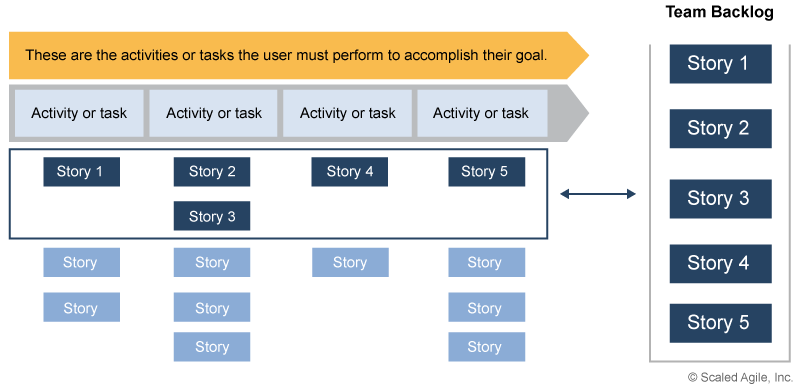 Figure 8. Relationship between Story Maps and Team Backlogs
Figure 8. Relationship between Story Maps and Team Backlogs
Story maps also clarify the relationships between quality and value:
- Quality – Each Story in the backlog must be completed with quality
- Value – All the selected Stories in the Story Map must be completed to create value, because if a Story is missed, the user cannot complete their workflow
Implementing design thinking
Design Thinking is a journey of learning and discovery. It’s also a way of being. If you are strategising, you are designing.
- Start at the beginning. Learn how to be a design thinker/doer from a seasoned practitioner.Look for ways to add quality/value to your offerings.
- Build your creative confidence by conducting low-risk experiments, such as designing a meeting with your team. Ask questions which you don’t have answers for.
- Learn how to coach and facilitate for creativity, co-creation and collaboration. This is crucial for creating a safe space for conceptual risk-taking.
- Stay focused on the users’ experience.
- Help teams unlock provocative insights, reframe existing problems, and generate ideas in response to your research.
- Encourage multiple perspectives. Reframe constraints into opportunities and check assumptions.
Stanford’s Design Thinking Model
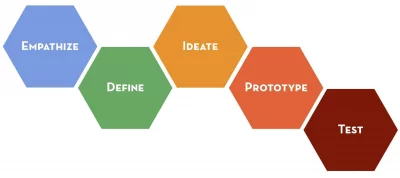
The five practices that enable innovation include: (1) the development of a deep empathic understanding of user needs and context; (2) the formation of heterogeneous teams; (3) dialogue-based conversations; (4) the generation of multiple solutions winnowed through experimentation; and (5) the use of a structured and facilitated process.12
Крах совместного проектирования в дизайн-мышлении
Дизайн-мышление можно в основном суммировать как: сотрудничество, понимание, решение проблем, создание и тестирование. Обычно это можно считать отличным процессом. Совместное проектирование – это очень ценная сила, когда несколько экспертов работают вместе над решением проблемы. Однако проблема заключается в том, что критические навыки решения проблем и проектирования, похоже, испаряются, когда слишком много членов команды и / или участников проекта, вовлечены в этот процесс. Совместное проектирование со множеством людей занимает много времени. Когда команда думает, что вместе они нашли «золото», они всего лишь на верхушке айсберга, но зачастую они спешат перейти к разработке идеи.
Концептуальное совещание длится обычно несколько часов в день, но глубокая работа только началась и требует больше времени и тестирования. В настоящее время начинается реальная фаза формирования идей и исследований при помощи преданных делу практиков, которые могут исследовать и обмениваться информацией из нескольких источников, и делиться своим опытом. Чем глубже исследование с помощью разработки дизайна и тестирования тесной командой креативных дизайнеров, тем больше шансов получить уникальный продукт и невероятный опыт.
References & Where to Learn More
Herbert Simon, The Sciences of the Artificial, 1969: https://monoskop.org/images/9/9c/Simon_Herbert_A_The_Sciences_of_the_Artificial_3rd_ed.pdf
Deloitte, Deep diving for innovation, 2011: http://globalblogs.deloitte.com/deloitteperspectives/2011/10/deep-diving-for-innovation.html
d.school, The Design Thinking Process: http://dschool.stanford.edu/redesigningtheater/the-design-thinking-process/
Tim Brown, Design Thinking for Social Innovation, 2010: https://ssir.org/articles/entry/design_thinking_for_social_innovation
IDEO, Method Cards: https://www.ideo.com/post/method-cards
IDEO, Design Kit: The Human-Centered Design Toolkit: https://www.ideo.com/post/design-kit
Design Council of UK, Eleven lessons: managing design in eleven global brands: http://www.designcouncil.org.uk/sites/default/files/asset/document/ElevenLessons_Design_Council%20(2).pdf
frog design, Collective Action Toolkit: http://www.frogdesign.com/work/frog-collective-action-toolkit.html
Jeanne Liedtka and Tim Ogilvie, Designing for Growth: A Design Thinking Tool Kit for Managers, 2011: http://www.designingforgrowthbook.com/
LUMA Institute’s Design Thinking modes: https://www.luma-institute.com/story
Hero Image: Author/Copyright holder: Paris-Est d.school at Ecole des Ponts. Copyright terms and licence: CC BY-SA 4.0
